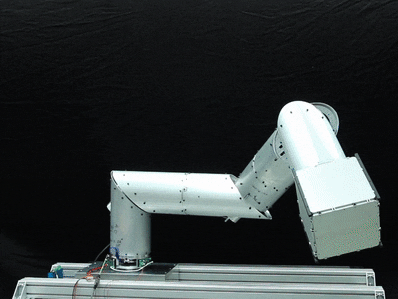Earth’s orbital space is a busy and dangerous place to work, an environment filled with very specific, highly complex challenges… and lots of space debris. On-Orbit-Servicing (OOS) and On-Orbit-Assembly (OOA) are two ways to make spaceflight more sustainable; building, maintaining, and repairing spacecraft in orbit extends their lifetime and reduces the amount of space junk floating around our planet.
To minimise the need for inherently risky human interaction in servicing, maintenance, and assembly tasks, the application of robotic systems has obvious advantages. However, space robotic systems are traditionally created for specific purposes or applications, and often require a vast amount of design effort and cost, often making them unfeasible for many missions.
A collaboration between the Institute of Space Systems (IRAS) at the Technical University of Braunschweig and the Institute of Structural Mechanics and Lightweight Design (SLA) at RWTH Aachen University, has led to a project to modularize a manipulator for use in space applications by developing an unconventional kinematic chain with a joint rotation axis offset of 45°. This modular manipulator can adapt itself physically, modifying its length and degrees of freedom during operation as necessary.


 linkedin
linkedin twitter
twitter youtube
youtube youku
youku weixin
weixin